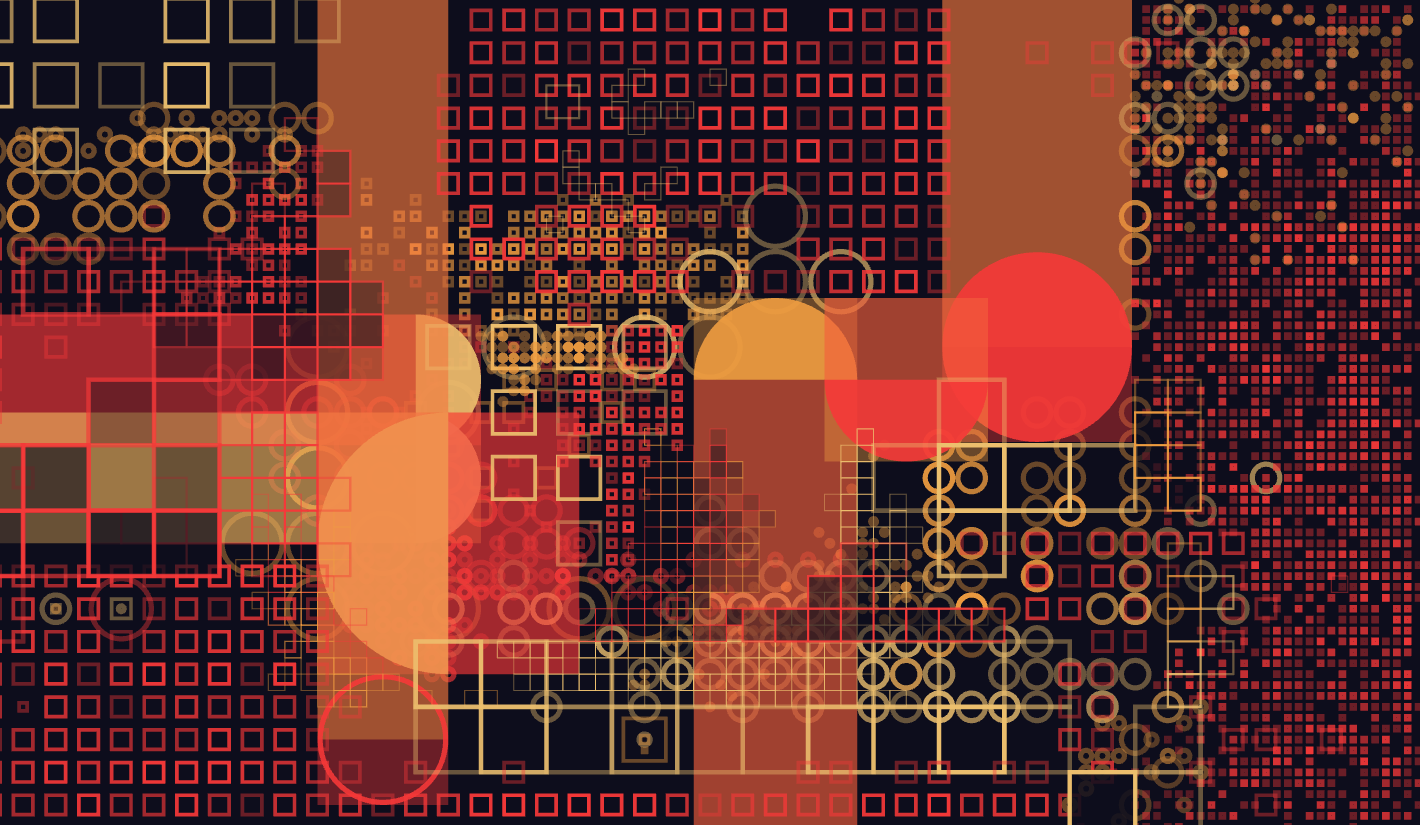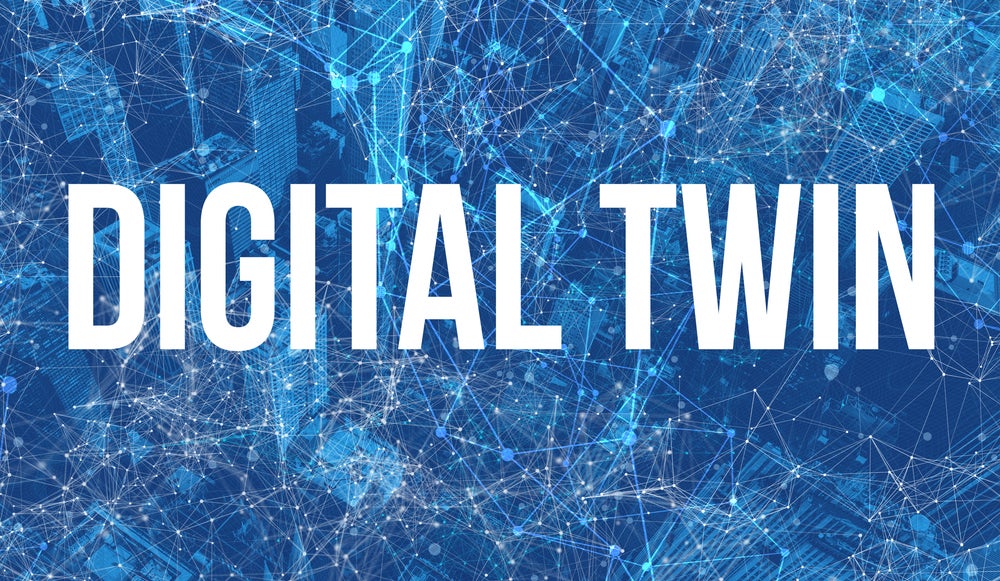
Aphra Shemza is a multimedia artist best known for her abstract interactive light sculptures made from sustainably-sourced materials. Launching today, her latest project shemza.digital is an online tool that encourages members of the public to make digital artworks. It was created alongside digital online artist Stuart Batchelor, who works at the boundary of painting and digital art.
It is inspired by One to Nine and One to Seven, a painting Shemza’s late grandfather, world-renowned British Pakistani artist Anwar Jalal Shemza, and takes the quote inscribed in Urdu on it as a starting point to continue his exploration: “One circle, one square, one problem, one life is not enough to solve it.”
Verdict talked to Shemza about the project and the technology that enabled it.
Berenice Healey: Your work to date has very much relied on the physical space and interaction with the audience. Was this move into the digital driven by the pandemic and lockdown?
Aphra Shemza: I’m quite a traditional sculptor; I combine sculpture with technology. The pandemic has meant that I needed to adapt to this new digital world, so I’ve been looking at ways to recreate my sculptures in 3D space working with VR and online virtual exhibitions.
I also had in the back of my mind that I wanted to do a project with my grandfather’s work which is first and foremost is two-dimensional. Then I started thinking about interactivity and participation, which are two key parts of my work as well.
This lent itself to this chance to do a truly digital project. I was thinking about a way that I could still have audience participation, but that we didn’t need to be in the same place, so the sculpture didn’t need to be in a museum and people come there; I could reach people in the comfort of their own homes.
BH: Of your grandfather’s body of work, why did you choose One to Nine and One to Seven?
AS: It’s a seminal work of his related to the story of his coming over from Pakistan. He attended Slade School of Art and was failing his exams in the UK because in Pakistan they have this drawing style that’s very linear and so you don’t get the kind of 3D shading techniques Slade had, so they’re flat and abstract-like.
An art historian said his culture was entirely irrelevant; Muslim art was entirely functional and basically wasn’t art. Anwar was thinking how do I reconcile Western modernism and these Eastern influences together? He decided to start at back to basics with the circle and the square, picking up from where Islamic geometry starts. With those two formal elements as building blocks, this 1962 piece lays out a formula he’d use for the rest of his life.

BH: What does Stuart Batchelor bring to the project?
AS: Art Influx is a small charitable organisation set up in 2016 by myself and Maria Almena and Oliver Gingrich, we’re working with art and technology, science and science and art. Stuart came along to one of our social groups where any artist is allowed to come along and present their work to the other artists in the room. He’s done quite a lot of work where he physically paints with a paintbrush, and then he’ll use a video camera to take those gestures and painting marks and put that into a computer program that he’s created.
I thought this is interesting because it’s a way of working with somebody who could do the coding side of it because I don’t know how to make a digital painting app like this. He’s helped with interpreting the work and to create these paints and how we can translate painting into a digital medium.

BB: What do you want the audience to get from shemza.digital?
AS: Within the last ten years there’s been a rethinking of British art history, and what migrant artists have contributed. One of my roles, alongside my practice, is to manage the estate of my grandfather’s work and provide a platform for his work. I felt like these new conversations are taking place in the art world and of course I’m right there.
In the art history curriculum, they wouldn’t necessarily be taught about my grandfather and other migrant artists, these changes are so new they haven’t filtered down yet. I wanted to design a project that would enable mass participation to show my grandfather’s work to the masses, but also to enable other artists, young people, families and the general public to get involved.
People are looking for online things to do, and especially now I mean we’re in lockdown, so it’s perfect timing to do the launch.
BH: The shemza.digital digital painting app allows the user to make a digital painting by combining three paints and altering the colours. How do they relate to Anwar’s work?
AS: We’ve created these three paints; the Squircle, which is the square and the circle combined, a motif Anwar used repeatedly, the Mosaic and the Weave. The Weave is a theme in Anwar’s work; it is like this lattice structure that has a woven kind of quality to it, and his family were carpet makers from Pakistan.
The Mosaic was a happy accident paint that came out of a glitch while trying to figure out how to make the Weave. It had this lovely echo of his work and circles and squares draw out along the path of the mouse.
BH: Once you’ve captured everyone’s input, what are you going to do with it?
AS: We have this lovely archive online which captures which shows the image files. That’s just the first stage, so you can type in the title of your artwork and your name and then later you can search for it and everybody else’s. Each drawing spits out a kind of code, so rather than saving the image files in our servers, we save the code, which is built up of each shape you put down and the order in which you do that.
We’re planning to combine everybody’s drawings to create a light art installation when we get back into the physical again. As an interim idea, we would maybe create this light sculpture in a virtual space so that people can explore it, maybe in VR or through it in browser, and we’ll probably be using holographic technology.

We want the piece to be able to change all the time and have different people contribute; it could even do that in real-time, so we’re going to keep the painting app open for at least the next year, maybe it longer. We want the light sculpture to alter in real-time; so, somebody sends a piece and goes to the light sculpture and it kind of changes and morphs. I think it’s great because it’s taking everybody’s artworks and combining them together to create something that’s generative. I think that’s an exciting way of working with the public as well, because they become part of the piece itself.
We were very happily funded by the Arts Council this year to produce this part of the project, which is the painting app and the archive, and then we will then be looking for partners. Next year will probably go into a bit of an R&D phase early next year, January till March or something to create the digital version of this, and to start doing some ideas for the project.
Then it’s about finding partners that want to exhibit in the autumn, that would be my ideal situation. Otherwise, we will create the virtual piece exhibit will and we could exhibit it worldwide. It’s a completely different way of exhibiting work, and an interesting new space to start operating in, and explore what that means for an artist.
Read more: Kovet.Art: Democratising creativity through the tech-led gallery of the future







